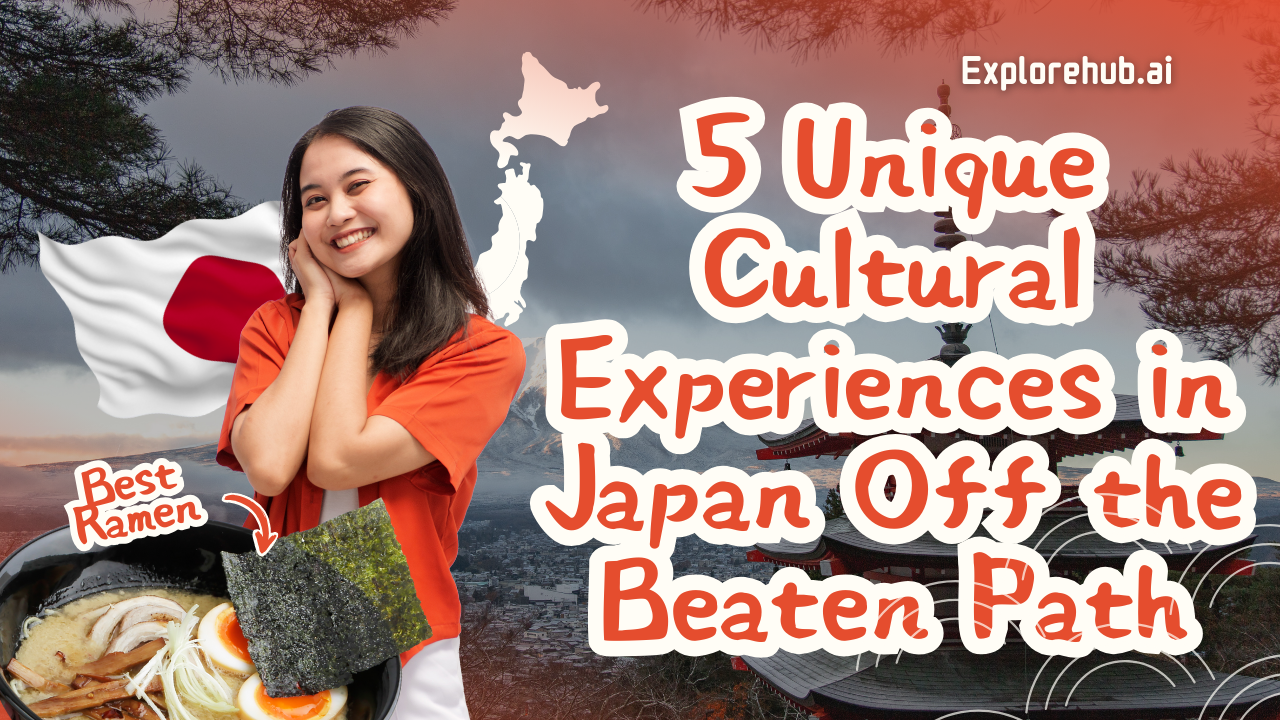Japan is often associated with bustling cities like Tokyo and Kyoto, iconic landmarks like Mount Fuji, and world-famous sushi bars. But beyond the usual tourist trails lies a treasure trove of unique cultural experiences waiting to be discovered. Are you ready to step off the beaten path and explore the lesser-known side of Japan? Let’s dive in!
Table of Contents
Stay at a Traditional Farmhouse in Gifu
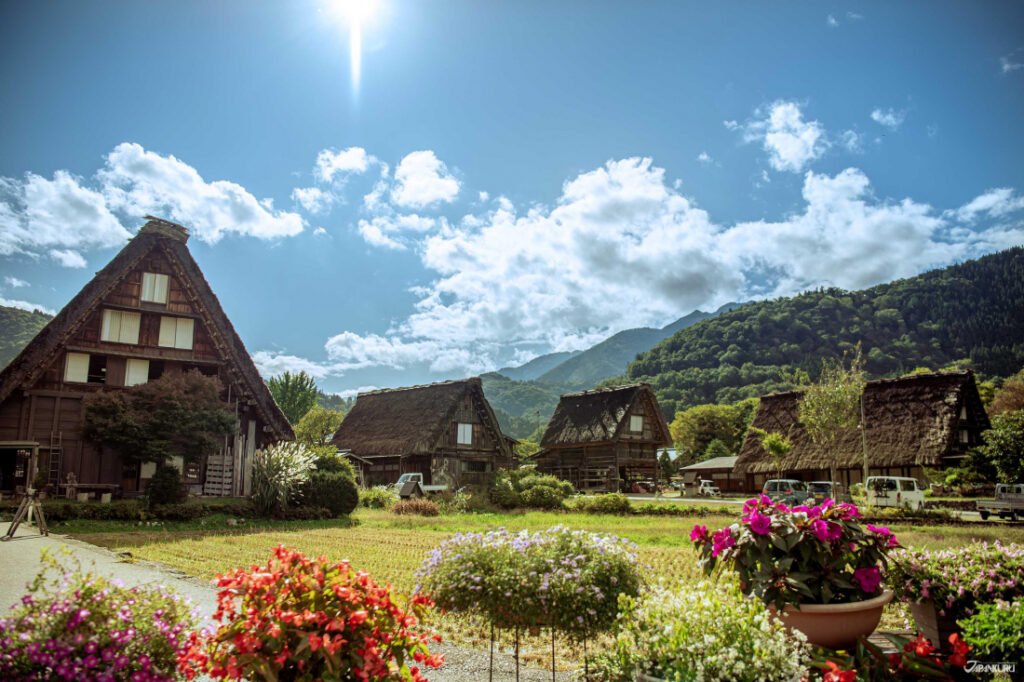
Experience Rural Japan Like a Local
Imagine waking up to the serene sound of birds chirping, surrounded by lush rice paddies and rolling hills. In Gifu, you can stay at a kominka, a traditional Japanese farmhouse. These charming homes, often over a century old, provide a window into Japan’s rural life. You’ll get to participate in daily activities like rice planting, cooking local dishes, and even learning traditional crafts.
How to Book a Farmhouse Stay
Booking a stay at a kominka is easier than you might think. Websites like Airbnb and specialized rural tourism platforms can connect you with local hosts eager to share their heritage. Just ensure you book early, as these stays are becoming increasingly popular.
Explore the Enchanting Kurashiki Bikan Historical Quarter
A Glimpse Into Edo-Period Architecture
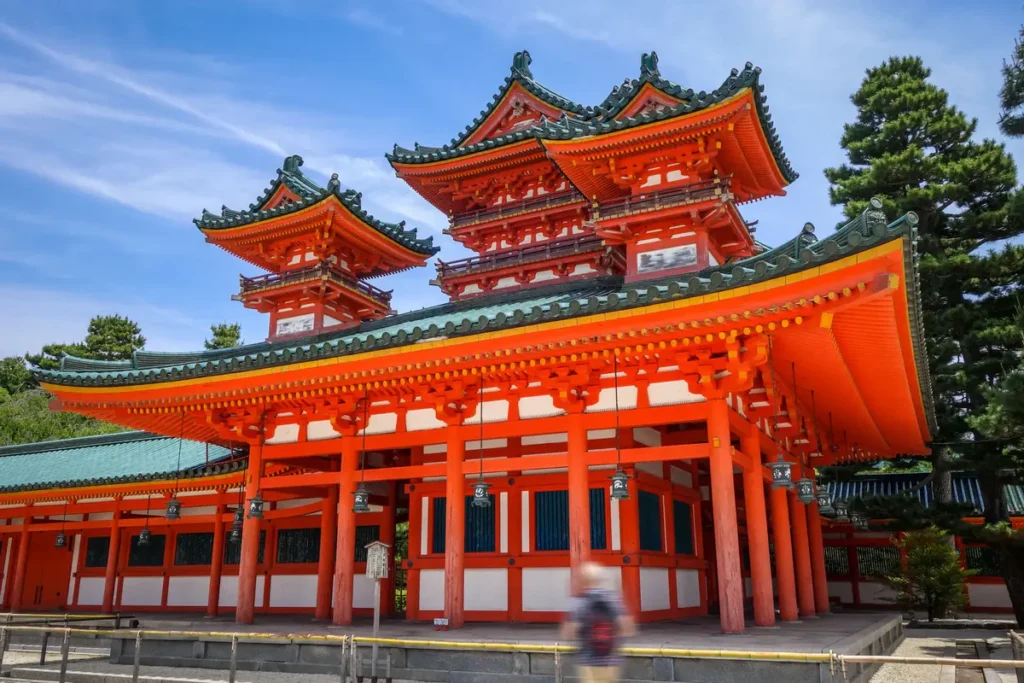
Kurashiki’s Bikan Historical Quarter in Okayama Prefecture feels like stepping back in time. Its white-walled warehouses and stone-paved streets date back to the Edo period, offering a charming contrast to Japan’s modern metropolises.
Unique Local Shops and Experiences
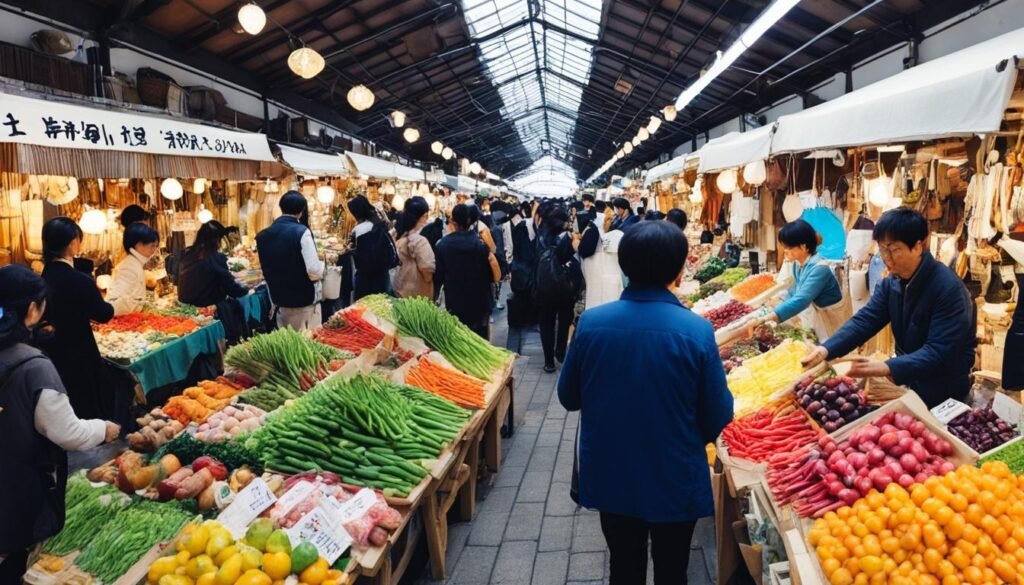
As you wander through the quarter, you’ll discover artisan shops, quaint cafes, and even a museum dedicated to denim—reflecting the region’s rich textile history. Don’t forget to take a peaceful boat ride along the canal for an unforgettable view.
Participate in a Japanese Pottery Workshop in Mashiko
The Art of Mashiko Ware
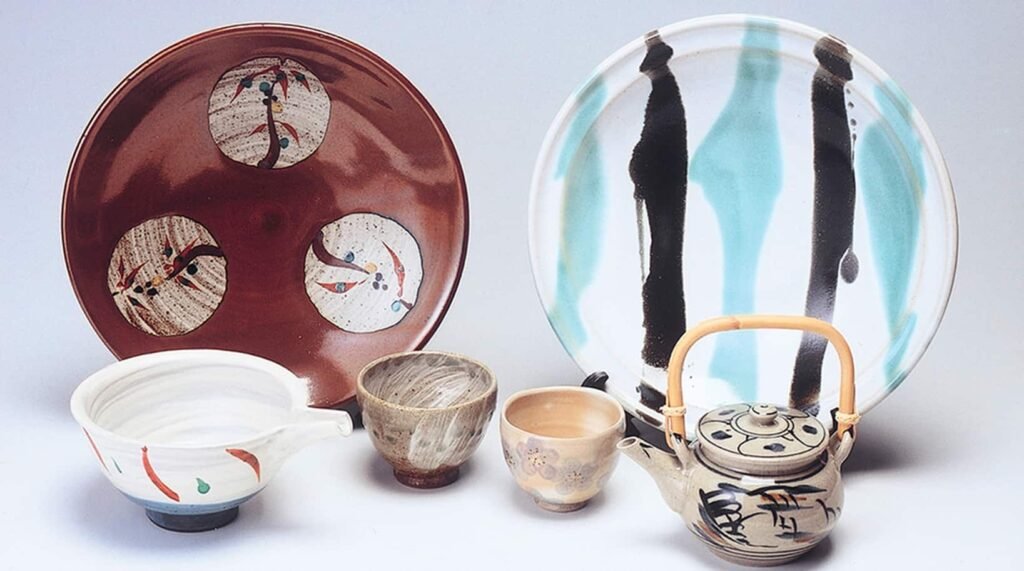
Mashiko, located in Tochigi Prefecture, is a renowned pottery town famous for its simple yet elegant ceramics. Known as Mashiko-yaki, this pottery style emphasizes earthy tones and practical designs.
Learn from Master Potters

Join a workshop where you can create your very own Mashiko pottery piece. Guided by skilled artisans, this hands-on experience will give you a deep appreciation for Japanese craftsmanship.Additionally, you’ll bring home a unique memento!
Witness the Mystical Nachi Fire Festival in Wakayama

History and Significance of the Festival
Every July, Wakayama’s Nachi Fire Festival (Nachi no Hi Matsuri) honors the sacred Nachi Waterfall. Giant torches carried by shrine attendants light up the night, creating a mesmerizing spectacle that blends spirituality and tradition.
Tips for Attending the Event
Arrive early to secure a good viewing spot, and consider wearing comfortable clothing and shoes. The festival can get crowded, but the breathtaking atmosphere makes it well worth the effort.
Discover the Unique Vine Bridges of Iya Valley
The History of These Ancient Bridges
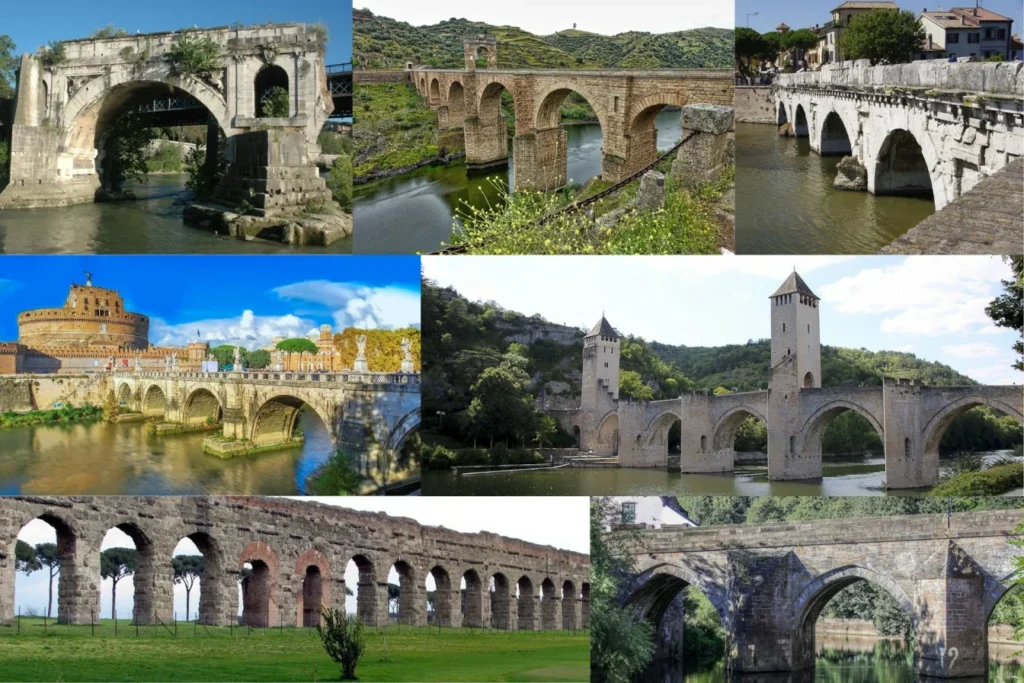
Deep in Shikoku’s Iya Valley, you’ll find vine bridges (kazurabashi) that have connected communities for centuries. These bridges, woven from hardy mountain vines, are steeped in history and legend.
A Thrilling Walk Through Nature
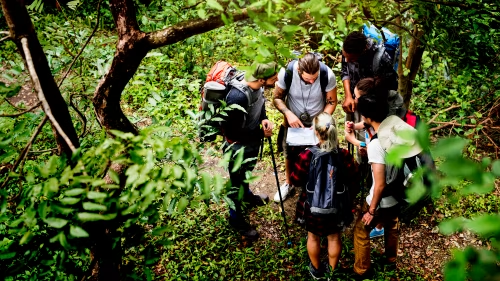
Crossing these swaying bridges is not for the faint-hearted! But the sweeping views of the valley below and the lush greenery around make the adventure truly unforgettable.
Also visit:
Plan Your Adventure: Top Hiking Trails in Colorado for Weekend Getaways
The Most Scenic Top Hiking Trails in Colorado for Stunning Views
Explore Beyond Rome and Venice: Hidden Gems in Italy
Hidden Gems in Italy: Your Guide to Offbeat Adventure
Hidden Germs in Italy: Unique and Undiscovered Places
The Best Beaches in Florida for Nature Lovers
Conclusion
Japan’s hidden gems offer a chance to connect with its culture, history, and natural beauty in a way that popular tourist spots often can’t. Whether it’s staying in a rustic farmhouse, walking through ancient bridges, or crafting pottery, these off-the-beaten-path experiences will leave you with memories to treasure forever.

